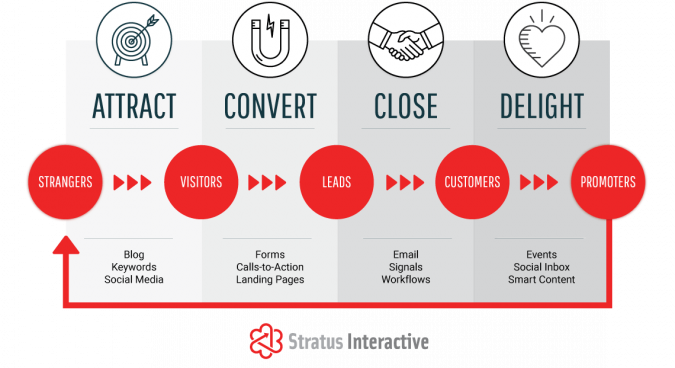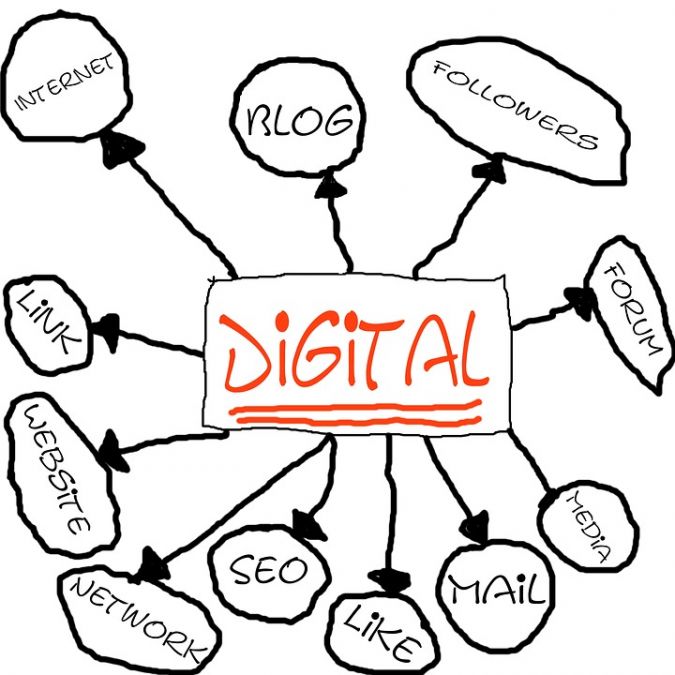Marketing Secrets for the Geospatial Industry
How to Sell Just about Anything to Just about Anyone
At some time in their lives, everyone has experienced a situation in which someone starts telling them a story that seems to be leading somewhere really interesting, and then all of a sudden they get to the end and there’s just no point or punchline. In this article, the author explains how she often gets a similar feeling when talking to geospatial engineers and developers, or as she calls them “the real boffins of the industry”. Here, based on her extensive experience in selling and marketing innovative laser survey equipment worldwide, she shares her insider secrets for how to market your innovations successfully.
Geospatial engineers and developers are obviously extremely smart and it’s amazing what features and technologies they come up with. But very often you’re left thinking, that’s great in theory but what are you going to do with it in the real world? What specific problem will it solve? In other words, what is it about this idea that will persuade people to give you their money?
Not that the geospatial engineers are just inventing stuff willy-nilly without having a clue what it might be used for. Most engineers come up with an awesome idea, be it the latest laser scanning technology or point cloud processing software, because they understand that their potential client has a problem that needs solving. But all too often, somewhere along the way, this goes haywire. In the inevitable process of further tweaking to develop a cool new feature or refining the laser scanner until it’s absolutely perfect, they forget about the customer and their needs. The result is a product that the engineer is tremendously proud of, but which doesn’t work for the market – perhaps because all that obsessive R&D work has pushed the price way too high, or because the focus has shifted and the product no longer addresses the clients’ problems.
Bridging the gap
Whatever the reason, if you’re in sales then you’re the one tasked with bridging the gap between what the engineer is super-excited about having created, and what your client actually wants – or, in many cases, between the potential of the new technology your team has created, and your market’s understanding of what that means for them.

Sounds familiar? Well, don’t despair. After all, this is the whole point of marketing, right? It’s not about shiny ads, it’s about understanding your customer base and catering to their needs – solving problems, educating, attracting and retaining! Armed with a number of tricks of the trade, it’s possible to take your innovations to market successfully.
Test in the market first, tweak later
I began my career at my father’s laser manufacturing firm, MDL, selling and marketing innovative laser survey equipment to offshore and mining markets, all over the world. We specialised in borehole-deployable laser scanning, and we were the undisputed kings of the sector. Why? Because we excelled at devising solutions that the market wasn't yet ready for – not because they didn’t need them, but because they didn’t know they needed them yet.
Furthermore, my father was obsessed with being the first to market, every time, and that meant taking a lot of risks. His general rule was to get it out in the market, let customers test it ‘to destruction’ and then tweak it later.
In those days, of course, marketing was heavily ‘outbound’; we went out to find the customer through advertising and exhibitions. Fast-forward to today and things are very different in the marketing world. Without going into depth about what makes an ‘innovative’ product launch, today’s marketing is more like a big jigsaw puzzle, with online and offline elements all playing different yet equally crucial roles – and a big part of this is inbound marketing. As Brian Halligan, founder of HubSpot and the person who coined the phrase ‘inbound marketing’, says: “Marketing is about attracting, converting and delighting the customer through activities that attract the market to you!”

The marketing basics
First of all, it’s important to think about the type of business you run and what your purpose is.
Whether you’re a laser scanning manufacturer, reseller of survey equipment, designer of point cloud processing software or whatever else, remember that it boils down to this: you don’t just provide a feature or technology or a service; instead, you provide solutions to specific problems for the geospatial industry. It sounds obvious, right? But miss this vital point and you can wave goodbye to your profits (and certainly to a successful marketing campaign).
Who?
There are countless manufacturers of laser scanning equipment around the globe, all pitching their scanners to similar markets... but 99% of them are doing a mediocre job! I know it sounds harsh, but I can count on one hand the number of companies I’ve met in this sector who really seem to understand and visualise exactly who their customer is.
How?
Imagine you’re a producer of point cloud processing software and your focus is on the transportation corridor marketplace. You focus on engineers and surveyors that own laser scanners, such as within departments of transportation (DOTs) and civil engineering/surveying companies, as well as on laser scanning manufacturers/dealers. There may be hundreds of software companies out there that are selling the same stuff as you (or, at least, that the market perceives as being the same software). Before you jump in and pour marketing budget over the problem, you need to clearly define who are you, who you’re for and how you set yourself apart from your competitors. The key is to gain a thorough understanding of your business strategy.

Why?
Let’s jump back to where we started with all this: what is the point of your company? In the above example, you probably started with a pretty decent, customer-focused remit. For example: “Our customers’ laser scanners generate terabytes of data! How can we add value by helping them make sense of it all? How do we translate that noise into knowledge?” That’s actually a great start… providing you stay focused on that goal. But in reality, there’s a big chance that your engineering team will soon start obsessing over finer details that don’t actually help you reach that goal, or will get hung up on creating tons of nice-to-have features that don’t genuinely add value. That’s the big danger here: the tendency to work so hard on trying to make the software so perfect it ends up never going anywhere, or has so many bells and whistles added to it that it’s way too complicated for the user to work with. Because no matter how clever your product is, if your target market can’t use it, it’s doomed to fail. Instead, you need to focus on truly solving the problem at hand; treat everything else as a bonus, not a core feature.
Understanding Your Road Map
To keep your eye on the prize, you need to define your business goals, establish the direction you’re going in, and map this out step by step. Firstly, establish a game plan for the future – and set your sights high. You should be aiming to be the ‘go-to company’ to solve that problem for your specific target market! Secondly, how are you going to get there? Successful marketing is all about having a clearly defined plan. Coming up with an amazing feature or technology isn’t enough. You need to know how you’re going to go about solving the problem, what makes you different, how you’re going to communicate this to your market… and who is this mystical customer, anyway? So many manufacturers never get a distinct picture of their customer – and then they wonder why their marketing efforts aren’t pulling in leads.
3 Key Points
In conclusion, here are three key points to take away:
- Focus: Choose one or two markets that you know well, and define the market segments (specific groups of people/companies with common needs). This is vital for getting your marketing communications strategy right! It will help you be smart and precise about where you spend your money, mitigating risk and boosting profits.
- Resources: Figure out what resources you need to reach your target groups in terms of people and hard cash. What do you need to take your product to market, and which channels will you use to communicate to your audience that your business is what they need?
- Communicate: Only once you’ve defined your strategy, market segments and types of buyers are you ready to open up your marketing communication toolbox!
Don’t fall into the trap of kidding yourself that things are always changing so you don’t need a plan. Defining who you are selling to is an essential place to start, even if you have to adapt this later.
In other words, marketing is all about understanding your purpose, what gets you out of bed in the morning, who your customers are, and how you can solve their problems. To be honest, that’s not just marketing – that’s the core of all business. Everything else, I’m afraid, might be fun… but it’s not the stuff that will make you money!


Value staying current with geomatics?
Stay on the map with our expertly curated newsletters.
We provide educational insights, industry updates, and inspiring stories to help you learn, grow, and reach your full potential in your field. Don't miss out - subscribe today and ensure you're always informed, educated, and inspired.
Choose your newsletter(s)
























